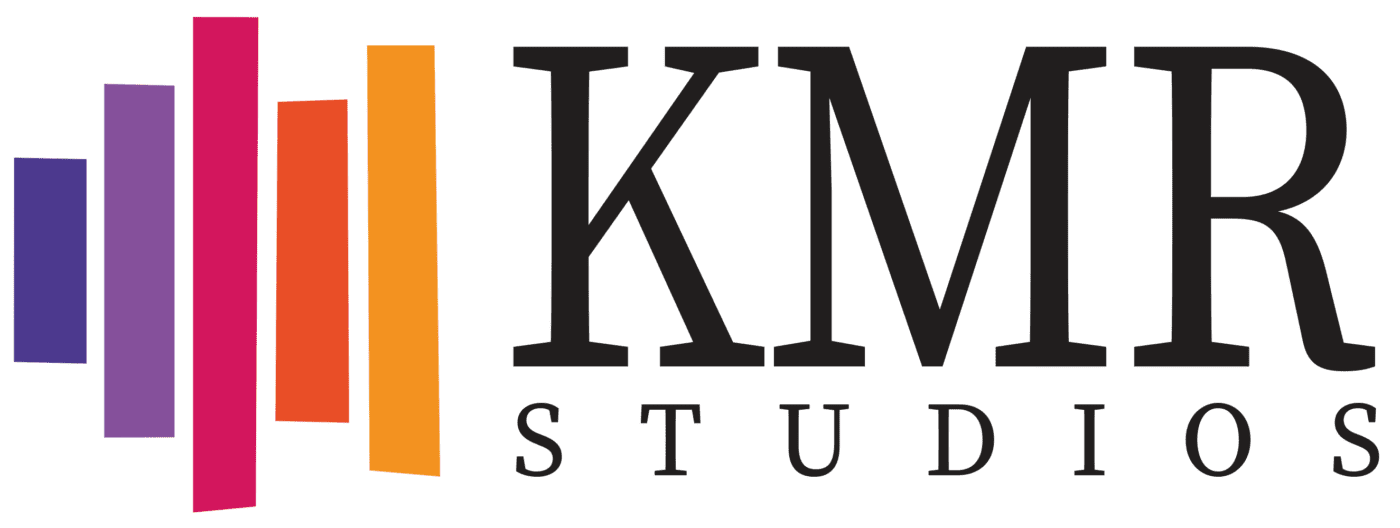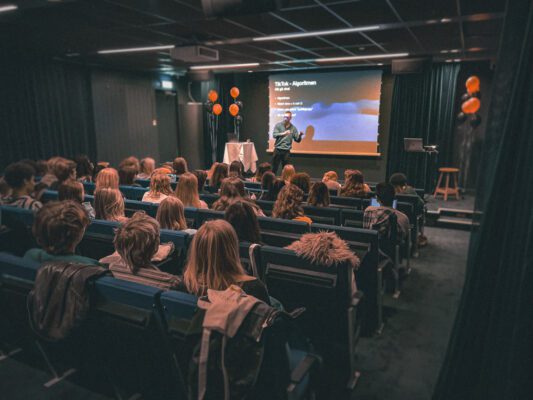What is Sample Rate?
Sample rate is the frequency used in the recording or playback of digital audio. It determines the number of samples (representations of sound) per unit of time (seconds). This is measured in Hertz (Hz). The denser the sampling of the sound, the better the audio quality. In the context of recording, this means that the instrument being recorded is reproduced more faithfully with a higher sample rate.

According to the Nyquist-Shannon sampling theorem, the sample rate must be at least twice the bandwidth of the signal. This is required for the audio to be sampled properly, to accurately reconstruct the original signal. The human ear can hear a bandwidth between 20 Hz and 20 kHz (20,000 Hz). Consequently, the sample rate needs to be at least 40 kHz to be accurately reproduce the highest frequencies a human can perceive. The sample rate of CD discs (and many other audio systems) is typically 44.1 kHz. This means that the audio signal is reproduced 44,100 times per second.
Many choose to record at a higher sample rate to achieve cleaner sound without “white noise.” There may also be other reasons to do this. One example is wanting to capture sounds that the human ear cannot hear and then lowering the pitch to make them audible. This would not be possible with a lower sample rate.
If you understand the sample rate, you can create more accurate recordings that you can then edit and mix without losing audio quality. However, audio quality is also affected by bit depth and bit rate.
What is Bit Rate?
To understand what bit rate is, you first need to understand what bit depth is. So, each sample taken during a recording is stored in bits in your computer. Moreover, bit depth refers to the number of bits stored per sample. Thus, bit depth indicates the amount of information contained in each sample. The more bits stored, the more accurately and dynamically the sound is reproduced. The most common bit depths are 16, 24, or 32 bits, with 32 being high-quality audio that can capture the highest decibel levels. Moreover, when recording, it may be worth working with at least 24-bit to reduce white noise. High sample rate combined with high bit depth provides high audio quality.
Bit rate, or transfer rate, is measured in kilobits per second (kbps). Bit rate represents the number of bits decoded, transferred, or received per second. It can be calculated using the following formula:
- sample rate x bit depth x number of channels = bit rate
To calculate the transfer rate of a CD recording, there are a few things you need to consider. These are: a sample rate of 44.1 kHz, a bit depth of 16, and two channels (stereo), which would be:
- 44,100 x 16 x 2 = 1,411.2 kbps
Bit rate is relevant when streaming music because it generally determines the audio quality. If a recording that sounds fantastic is played with a low bit rate, it will not sound as good. It is also worth considering during mixing, mastering, and while choosing audio formats. In fact, this is important since compressed audio files tend to contain less information and therefore have a lower bit rate than uncompressed audio files. Compressed files also tend to be smaller and require less bandwidth for playback.
Good luck with your music creation!
We hope this guide was helpful to you. If you have any further questions, feel free to contact us! You can also read more about how to prepare your project for mixing.
Guides
Export master files from Atmos projects in Logic Pro
This article gives you detailed information on how to export master files from Logic Pro [...]
Mixing in Dolby Atmos: Workflow from start to finish
Do you want to work with Atmos in Logic? Curious about how to efficiently work [...]
Difference between Single, EP and Album
Thinking of releasing your music? Perhaps the first question is should you release a single, [...]
Contact Us

CONTACT US
OUR PORTFOLIO
Over the past few years, KMR Studios has released hundreds of songs by a wide range of artists. To make it easier for you to find what you’re looking for, we’ve organized the music into various playlists. Click the link below to explore our music by format (stereo or Dolby Atmos) or genre.
Portfolio
 Svenska
Svenska







